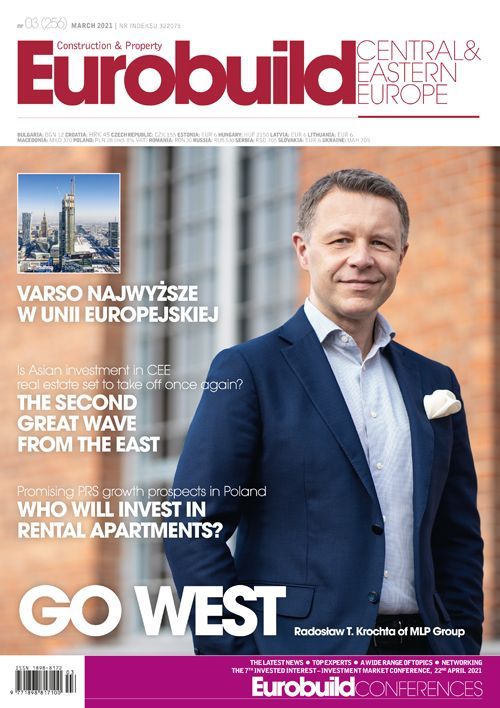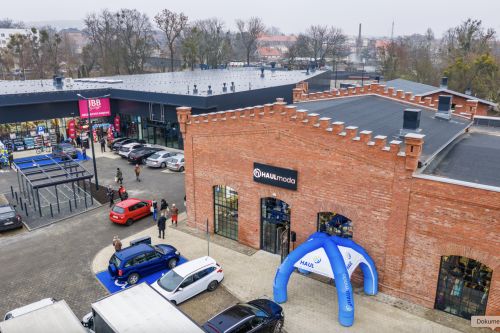In Denmark, PRS accounts for close to 50 pct of the annual real estate transaction volume. Its share in the investment market in our region is just under 5 pct, but this is likely to grow to 10 pct in the next few years.
In Poland, rental apartments make up app. 15 pct of the country’s total housing stock (2.3 mln out of 14.8 mln homes). Most are privately or municipally owned. The development pipeline for rental units is estimated at 35,000, of which around 10–15 pct will be delivered in the next 12–18 months. The PRS market is driven by the kind of demographic, economic and social changes that are yet to be seen in Poland. Most residential developers are just beginning to consider PRS projects on the back of very strong sales of apartments in recent years – and even today, despite the pandemic.
“Despite the Covid-19 headwinds, housing prices on the new-build and resale markets in Warsaw and the largest regional cities have held up. This is mainly becau































































